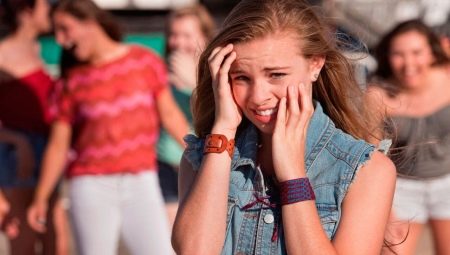Anthropophobia is one of the worst fears in fear of people. Those who are afraid of insects may not travel to dense forests, and those who are panicky about air travel can use trains and buses. However, living in complete isolation from people will not work.

What it is?
Anthropophobia can occur in different ways: from mild discomfort among people to tangible physical symptoms, among which nausea or dizziness is often found. The fear of people can spread to all representatives of mankind, but more often a patient with anthropophobia is afraid of specific social groups or all strangers.
Fear of narrow categories of people is called in its own way depending on the particular profession, gender, age. Anthropophobes usually combine fear in at least several social groups.
Fear is treated quite successfully by psychologists, however, the duration of treatment will depend on the degree of development of the phobia and its causes.

The causes of anthropophobia, unlike many other phobias, are very variable. Often this is a consequence of injury.
The concepts of anthropophobia and sociophobia are often confused, although they are quite close and sometimes complement each other. However, these concepts must be distinguished, since it is a little easier for a sociophobe to exist in our world than a real anthropophobe.
The fear of a society of people (this is how the concept of sociophobia stands for) in experiencing intense fear, panic and obsessive anxiety while in a particular group or in a large team. However, anthropophobia is becoming more complicated: for such a patient, even one person’s company may be uncomfortable.
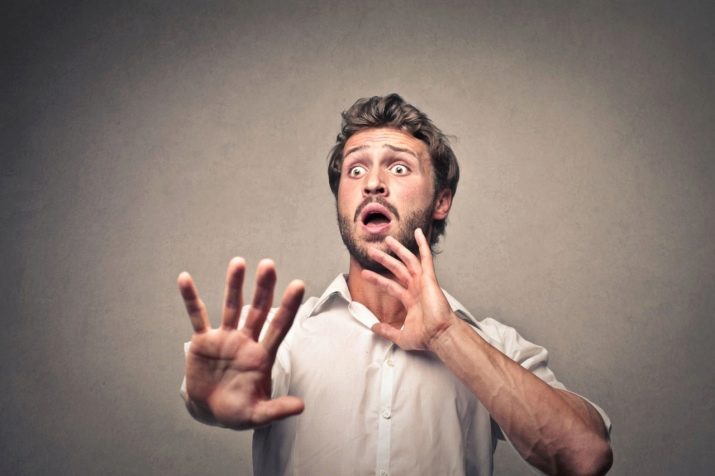
If a social phobia is disturbed by various social situations and crowds in one place, anthropophobes are afraid not only to interact with another person, but simply to be near. Fears are connected with difficulties in understanding the intentions of another person: it seems to the patient that all people are a danger to him.
Often, phobia occurs in people with a low level of empathy, who do not know how to understand the emotions of others, and can be accompanied by paranoia.
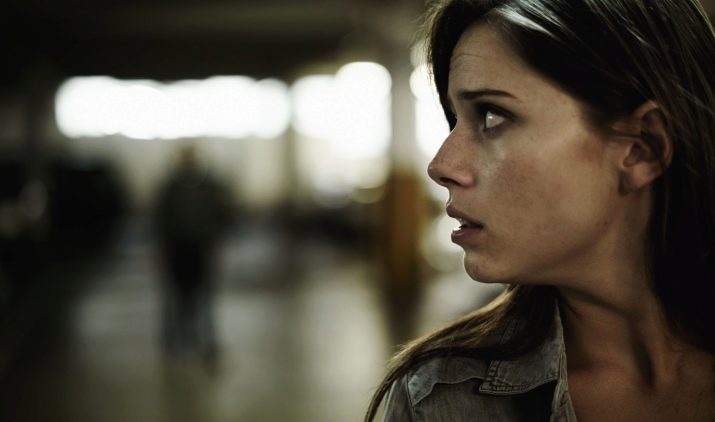
Sometimes a phobia of people arises in self-doubt individuals who are afraid to be misunderstood, ridiculed or humiliated. In this case, they also avoid contact with people, but even just a person passing by can be a potential threat. It is usually ineffective to treat specifically anthropophobia - professionals understand its root causes and find out what personality traits prevent a person from feeling comfortable in a human society.

Causes of occurrence
Most often, anthropophobia begins in adolescence. Since during this period the psyche is the most vulnerable and a person receives a lot of new experience and new information, at the age of 12-17 years old many people as a whole and people in particular begin to frighten many. Anthropophobia can be equally affected by both young people and girls. Sometimes a phobia goes away by itself as it grows up, but often it remains for life to one degree or another until a person turns to a psychologist.
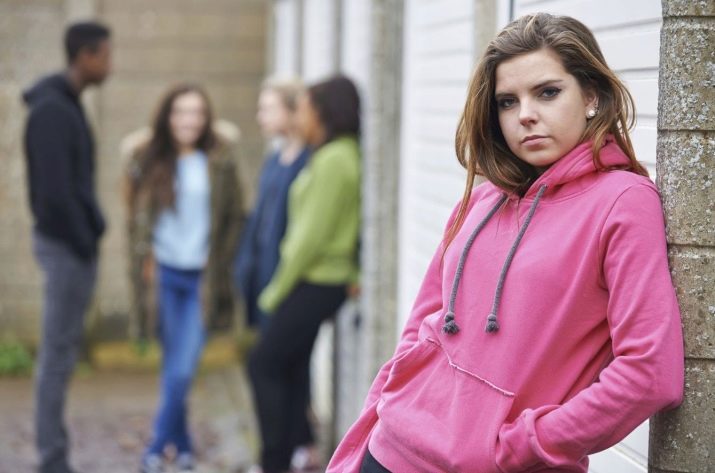
There are also cases where adults acquire anthropophobia after experiencing negative events.
Specialists urge first of all to look for the causes of anthropophobia that appeared at any age in childhood. Adverse and difficult conditions of growing up, an unfriendly conflict situation for a child in the family - many factors can become the basis for the formation of neurosis. Very often, the cause is experienced physical violence, other psychological injuries, severe stress associated with people in one way or another: all this can become a serious impetus for the development of such a phobic disorder.
Having survived an unfavorable situation or being in a hostile environment, which may be a family or school, over time, the child comes to the conclusion that being alone with him is safer, more comfortable, calmer than with anyone else. Nothing is a threat, you do not need to expect a trick, you can relax, be yourself and not try to adapt to the imposed norms of behavior.

This over time leads to complete social isolation if the problem is not resolved.
The further the phobia develops, the more difficult it is for a small person to get rid of distrust of the world and wariness. Over time, any curiosity in human society disappears. Moreover, in loneliness a person can easily neglect social norms: if such behavior was established in childhood, in an adult state, even after successfully treating a phobia, restoration of communication and behavior skills in society also takes a lot of time and effort.
Some psychologists believe that mainly this disorder occurs in those people whose self-esteem was greatly underestimated.

Frequent aggressive criticism and complete rejection by respected or close people provokes a negative feeling of strong self-doubt. As a result of this, being close to people, the patient constantly expects some kind of dirty trick, aggression, negativity. It seems to the person that the others condemn him, that’s why he behaves defiantly and strangely for society, and people really begin to condemn him.
The patient finds confirmation of his thoughts and the phobia only intensifies. Breaking the vicious circle on their own without the help of psychologists in advanced cases is almost impossible, however, In addition to the work of a specialist, support and understanding from relatives are a very important factor.
Anthropophobia can sometimes develop against the background of scoptophobia - it is an obsessive fear of falling into an uncomfortable position, to suffer shame, to be ridiculed,

In extreme cases, this phobia is accompanied by a fear of somehow standing out from the majority, a person tries to be invisible and completely loses his personality. Suffering from such a phobia often perceive the features of their appearance or behavior negatively, they are afraid to become the object of ridicule. It is the fear of rejection that often underlies anthropophobia.

It is worth noting that difficult childhood experiences do not always lead to the development of severe neuroses - sometimes a person copes with them himself in the early stages and maintains mental health. And sometimes phobias also develop in those in whose fate there were no prerequisites for them: even if the child grew up in a good family, he did not encounter moral and physical violence.
In this case, it is personal qualities that come to the fore - those features that make a person predisposed to people's fear, for example, shyness or suspicion. In such situations, a little push can be enough to develop a phobia.
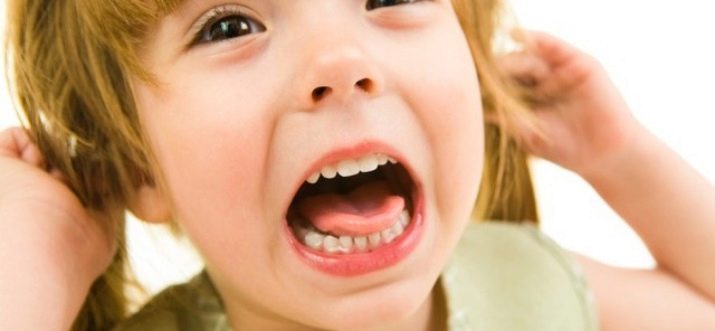
Symptoms
To the question of what exactly is anthropophobia itself and what its distinguishing features may be, psychologists have an answer. Symptoms of anthropophobia can vary only in combination with other mental disorders (for example, schizophrenia and other psychoses, autism, bipolar disorder or dementia).
In such cases, psychologists individually work with each patient, considering the problem in a complex.
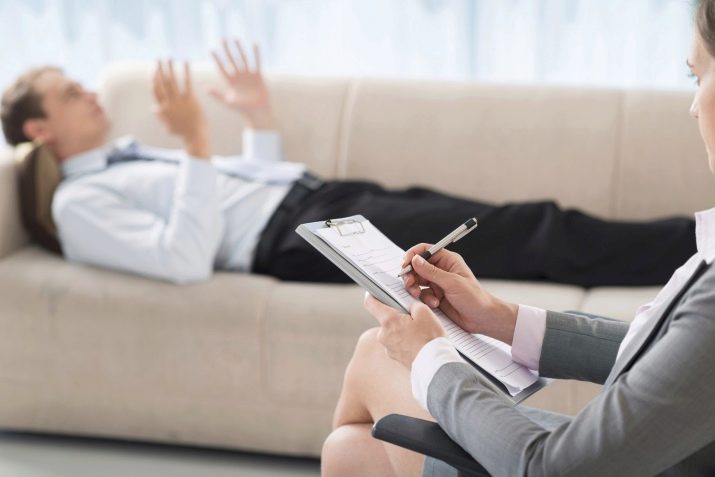
In most cases, in all people, phobia appears approximately the same and goes in conjunction with the following obsessive fears.
- Fear of all people in general. In patients of this kind, panic or discomfort can even cause a stranger approaching a stranger on the street, and communication with people or physical interaction is perceived even more acutely.
- Fear of strangers, strangers. It is difficult for a person suffering from a disorder of such a plan to build new social connections for himself. Any contact with new people is accompanied by obsessive anxiety, and sometimes trembling, dizziness, nausea.
- Fear of touching other people often also accompanies anthropophobia. Often this fear is the result of trauma. It is very difficult for such people to be in a crowd where strangers accidentally hit them: in severe cases, the phobia can be accompanied by physical pain.
- Fear of people with certain external features - for example, with curly hair, snub-nosed or chubby. Such external traits for each person with a phobia will be very individual.
- Fear of people of a certain gender, age, nationality. It is also a disorder that is often associated with injuries in childhood or adulthood. For example, women survivors of violence often fear men after this.
Anthropophobes very often are afraid to look into the eyes of other people, they are also worried about the possibility that others will look at him intently or look into his eyes.

This happens primarily because anthropophobia is a fear of condemnation or ridicule from others, acquaintances or strangers.
Establish an accurate diagnosis of anthropophobia can only be a professional psychologist or psychotherapist. This disorder is very easy to confuse with others, so the experience of a specialist matters. It is extremely important to consider all the possible criteria for this disease, since in advanced cases it is often mistaken for autism.
It is important to remember that by no means always the reluctance to communicate with someone indicates a serious pathology. It very much depends on the character and temperament: for example, introversion is not considered pathology. Phobia can only be attributed to obsessive fear, which seriously hinders a person from living and socializing.
In certain periods of their lives, even healthy, quite socially successful and socially active individuals become victims of depression, are in a bad mood, which is why they temporarily avoid social connections. These conditions can not be attributed to pathologies.
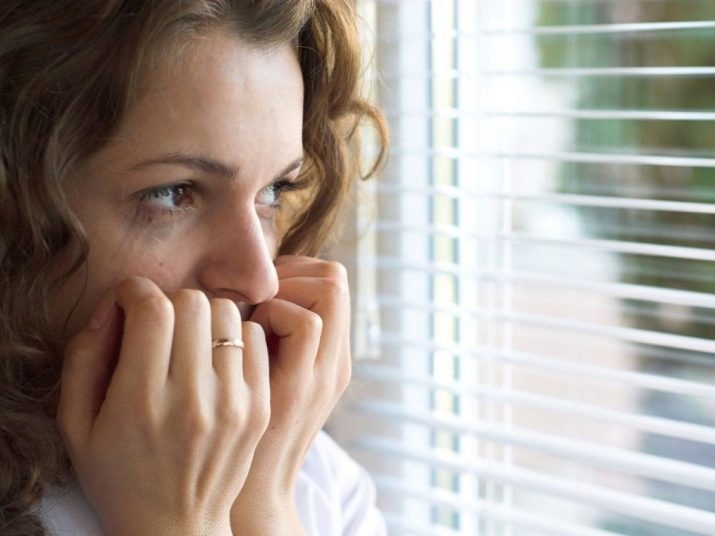
Sometimes it’s not enough to know the symptoms to correctly diagnose anthropophobia. An anamnesis is also important, communication not only with the patient, but also with his relatives, loved ones, close friends or colleagues. The living conditions of a person and his profession can also tell a lot to an experienced specialist.
Among other things, psychologists use the following diagnostic methods to determine anthropophobia.
- ECG Diagnostics, View computed tomography or MRI. Such measures make it possible to fairly accurately assess the degree of a stressful or panic state in a social situation uncomfortable for a patient. Data is collected on the state of the vessels of the brain and on the impulses that occur in certain zones in the brain.
- The empirical method is simpler and often used. It is also relevant in the presence of other disorders with similar symptoms.
- Interviewing or testing a patient - This is the main diagnostic method, which is the most affordable and universal. However, the correct interpretation of answers and tests is very important, and only a good specialist can competently produce it.

Phobia Forms
Forms of anthropophobia can vary depending on a person’s specific fears. For example, the following categories very often cause panic.
- Strangers strangers often become the subject of fear of anthropophobia. This is very uncomfortable, since we inevitably encounter strangers every day as soon as we leave the house. A separate problem is the formation of new acquaintances - the patient will in every possible way avoid communicating with new people and will prefer old friends.
- A crowd of people also often causes fear. This is due to the fact that anthropophobe opposes itself to others: a large crowd of people in this case leads to great anxiety. Over time, the anthropophobe will prefer not to appear in crowded places at all and will avoid them in every way.
- Fear of communication is also often part of anthropophobia. We are not talking about introverts who just need less social interaction than extroverts. Anthropophobic fear of communication will be pronounced, and the desire to reduce social contacts will be obvious, up to complete loneliness.
- Fear of certain categories of people is also very common. This may be the fear of drunkards, children, women, surgeons - anyone. Such fear is not always a form of anthropophobia, but in some cases, experts attribute it to people's fear. When diagnosing, it is important to understand the reasons. Very often, anthropophobia fear begins with one category of people, and then develops and spreads to others.
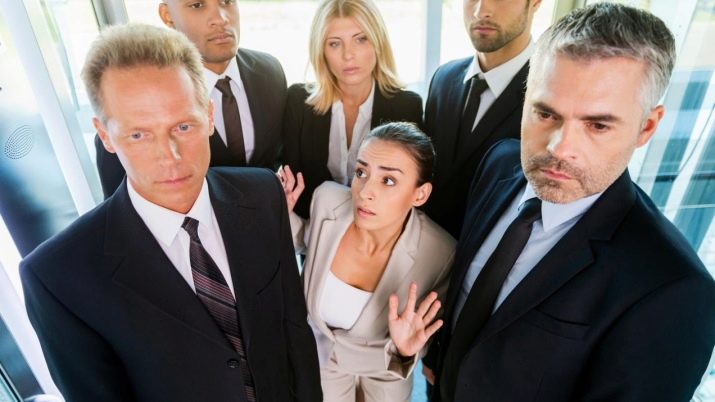
People’s obsessive fear is a phobia that can develop quickly or slowly and have several stages. The usual course of the disease begins with an easy stage, when the anthropophobe experiences a certain feeling of anxiety during a shopping trip, a trip in public transport or before going to a party where there will be many strangers.
This concern can also arise when communication is faced with one person, important and authoritative, or, conversely, unpleasant for the patient.
Typically, many people cope with the phobia at this stage on their own: here the willpower of a person, his ability to introspection, as well as support from relatives are of decisive importance.
At the progressive stage of anthropophobia, it becomes much more difficult for the patient to control his actions and emotions in the presence of other people.If such a person has unexpected contact with new people, in this situation there is a high probability of an attack of aggression or, conversely, panic and anxiety. Sometimes in some patients with anthropophobia at this stage, unwanted encounters lead to tearfulness, sweating and palpable tremors.
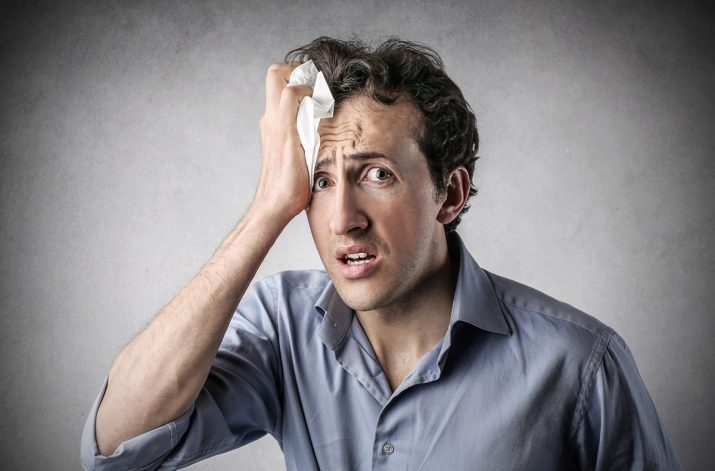
Coping with a phobia at this stage is more difficult, since it is already beginning to manifest itself on a physical level.
Only professionals can cope with the launched stage. Anthropophobia is extremely characterized by a significant change in the person’s lifestyle. A person with anthropophobia lives extremely apart, prefers loneliness, rarely makes contact even with those he has known all his life, including relatives, close friends or lovers.
If the problem is relatively easy to solve in the first stages, in this case only forced treatment will be effective. Relatives should insist on a visit to a psychologist, since the patient himself no longer wants to change anything.

Treatment
A person can overcome the disease in the early stages with the support of loved ones. In advanced cases, in order to get rid of anthropophobia, a consultation of a psychologist or even a psychiatrist is necessary.
Sometimes medications may be required, but usually anthropophobia can be overcome with simpler means.
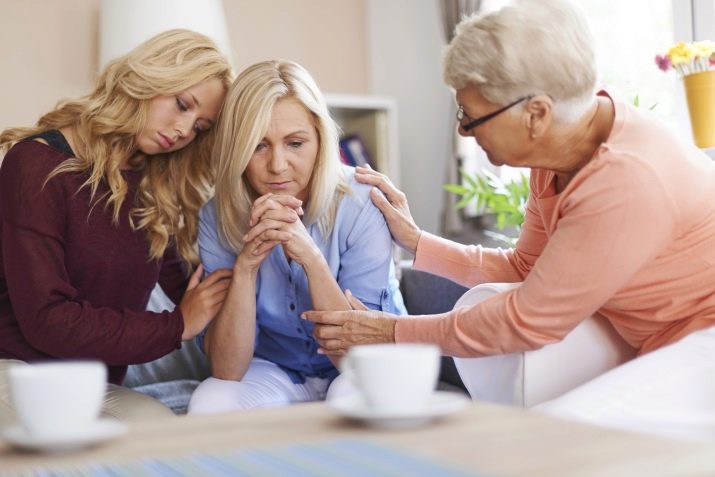
The following measures are recommended by specialists to overcome people's fear.
- Emotional discharge will help in the early stages. A person must learn to control himself and think that others do not pose any real threat to him, as often as possible. It is important to consider obsessive fear from a rational point of view. It is good when there are relatives close by who will support the anthropophobe and help him. Positive emotional reinforcements are very important - for example, vivid impressions and pleasant events, one way or another connected with people.
- Breathing exercises can help with anxiety and panic attacks.. The exhalation should be twice as long as the inhalation, when the anthropophobe feels the approach of intense anxiety. A close person who is close at this time can duplicate the same breathing, so that the patient is easier. This is an effective method for those cases when the phobia begins to manifest on a physical level.
- Physical therapy can also help. At a minimum, psychologists advise regular use of a contrast shower, massage. During an anxiety state, this will help relieve unpleasant symptoms faster. It’s good if after a stressful situation you can take a warm bath, and immediately at the time of a panic, a loved one will massage your back.
- Distracting methods may also work. Try to distract from the phobia: count passing cars, passers-by or objects to the room. You can pinch or stroke yourself to distract yourself from panic.
- Phytotherapeutic effects - This is another auxiliary method that is often practiced by psychologists with various kinds of phobic disorders. To reduce fear of people, take Valerian drops or herbal teas. These are safe remedies to help calm anxiety. According to the prescription of the attending physician, you can try more serious sedative drugs if other remedies do not help. In advanced cases, as a complex therapy, the doctor may recommend various tranquilizers, nootropics and antidepressants for treatment.


For a faster recovery, it is recommended to switch to proper nutrition, drink less alcohol, fried, spicy and sweet. Also Yoga and breathing exercises are considered very useful.
In severe cases of anthropophobia, it is better to talk regularly with the therapist so that treatment is always under control.
The most effective way to overcome anthropophobia forever is in the early stages of its manifestation. A very important step is the awareness of phobia and the need to interact with people.This is difficult at first, therefore the patient will need willpower, support of relatives and specialists. To prevent the occurrence of phobias, it is recommended to lead a healthy social life and avoid stress, and raise a child in a friendly atmosphere.
About what anthropophobia is, see further.
